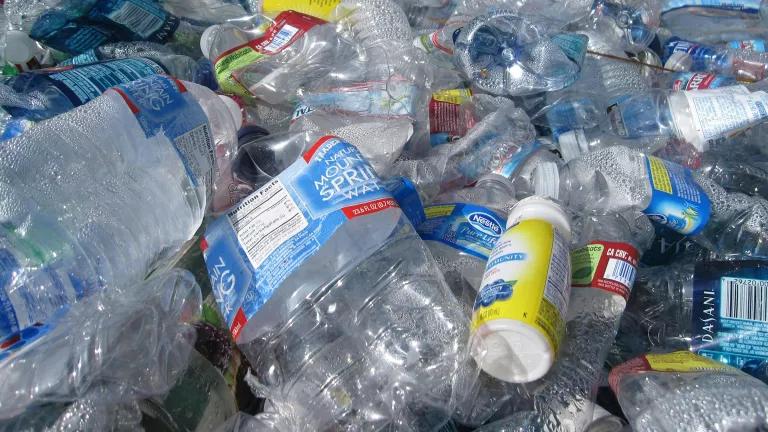In the debate over the country's energy future, one can easily get lost in the weeds of issues like the relative carbon-impact of different fuel options, the limits of technological innovation, and the labyrinthine world of energy regulation. When it comes to gas infrastructure, however, an incident last week provided a terrifying example of one obvious issue that sometimes gets overlooked—natural gas explodes.
That's exactly what happened when a 30-inch natural gas transmission line blew up in Salem Township, Pennsylvania early last Friday, sending fireballs high into the morning sky. The closest home, about 500 feet from the blast, was burned to the ground. The man inside at the time, a 26-year-old newlywed, managed to escape with his life, but was severely burned. The next closest house, about a quarter mile away, was spared, but the fire was so hot it melted the home's plastic latticework and siding.
This disaster comes about a week after Governor Cuomo denied a critical approval for the Constitution pipeline, and the Northeast Energy Direct Pipeline fizzled for lack of investment—perhaps putting those located in the would-be blast zone of those lines more at ease. With hundreds of thousands of miles of similar gas pipelines elsewhere in the U.S. (including about 12,000 miles in Pennsylvania, and rapidly growing) this incident is an uncomfortable reminder to many others of the true dangers of the gas infrastructure in their backyards. (And as we recently learned from a recent slip-of-the-lips, industry may be targeting the backyards of low-income communities.)
Maybe one of the more unnerving revelations about the incident is Spectra Energy's (the owner of the line) statement that "[a]n inline inspection [of the pipeline] in 2012 revealed no areas requiring repair or remediation before the next inspection." In other words, either the routine inspections performed were—and still possibly are—inadequate to detect critical problems with the line (such as corrosion, now suspected to be a cause of the failure) or inspections happen too infrequently to detect those problems, or both.
On the other hand, maybe the failure of the normal safety measures is less shocking for its familiarity. As with the BP Oil disaster and the massive methane leak in Aliso Canyon, before the calamity, industry is more than capable of providing reports and assurances that their infrastructure is safe and structurally sound, but afterward, usually able to offer only one explanation:
"Oops."
In all fairness, these types of accidents may just be part of the equation when so many people rely so heavily on a naturally hazardous substance like methane gas. As horrible as they are, then, maybe one of the most amazing things about accidents like the Aliso Canyon leak (which, miraculously, did not ignite as others have) or this recent explosion in Salem (which, frighteningly, is located not far from a similar gas storage field—the Oakford facility, one of the largest in the nation) is that they weren't much worse.
Fortunately for all of us—from solar to wind and other renewable technologies—safer options for our energy needs abound. We need to seize these options, and as last week's explosion tragically reminds us, the sooner the better.
(It's also worth noting that even where leaking methane does not explode, it's a big problem from a climate change perspective. To learn more about our work on methane pollution, click here).




